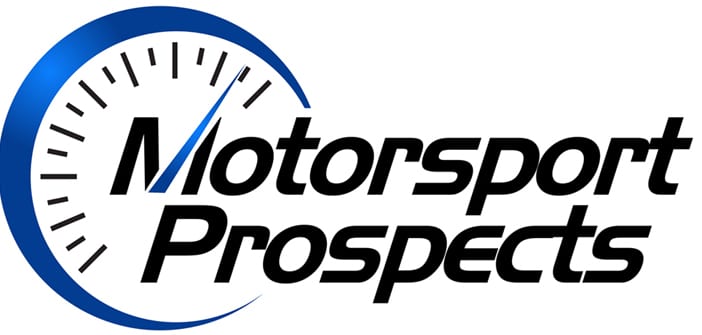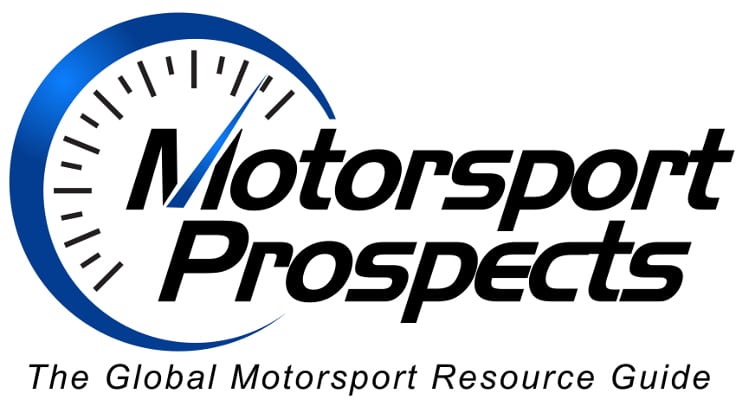
Motorsport is an environment where the limits of human potential are pushed to the absolute extreme. Racing teams invest millions of dollars to find every, even the smallest, advantage over the competition. Data analysis, strategy, quick decision-making and unconventional thinking – these are key skills that can determine success.
But what if there’s a group of people who naturally possess these traits? Neurodiversity, while still often seen as a challenge, could become one of motorsport’s greatest assets. People with autism, ADHD, or dyslexia can bring a whole new way of thinking and acting to racing teams that can help them gain an advantage on and off the track.
Neurodiversity – what is it and why is it crucial for motorsport ?
Neurodiversity is a term that encompasses the different ways the brain functions. It includes:
- autism – often associated with an exceptional ability to see patterns, analytical thinking and hyperfocus ;
- ADHD – characterized by dynamic information processing, creativity and rapid adaptation to changing conditions;
- dyslexia – often associated with reading problems, but also with an outstanding ability for pictorial thinking and unconventional problem solving.
In motorsport , where every hundredth of a second counts and every decision is crucial, the unique mindsets of neurodivergent people can prove to be a valuable resource.
Neurodiverse hyperpowers – key skills in the world of racing
Analytical and pattern-spotting skills
Motorsport is a game of numbers and data. Hundreds of sensors on the cars collect information about tire temperature, aerodynamics, grip and fuel consumption. Understanding this data and finding relationships that are not visible at first glance is the key to success.
People on the autism spectrum often have the ability to analyze information with exceptional precision. They notice repeating patterns and anomalies faster than others, which can be crucial in analyzing the telemetry of a fireball.
Application example:
- An autistic race engineer can spot subtle differences in tire degradation based on wear patterns, allowing him to optimize his pit stop strategy ;
- A data analyst can spot unusual behaviors in rival cars and predict when they will have performance issues.
Hyperfocus – the ability to concentrate extremely
One of the most remarkable traits of neurodivergent individuals , especially those on the autism and ADHD spectrum, is hyperfocus – the ability to focus completely on one task for a long time. In the world of motorsport , where fractions of a second decide victory or defeat, such a trait is invaluable.
Application example:
- A racing mechanic who can focus entirely on one part of the car can diagnose technical problems more quickly and minimise repair time;
- A driver in the simulator can spend hours perfecting their driving technique, analysing every change in the car’s settings and optimising their runs on the track.
People with hyperfocus can work on technical solutions with a precision that others may not be able to achieve. This ability can be crucial, especially in the areas of race strategy and telemetry analysis.
Creativity and unconventional thinking – innovations in motorsport
ADHD is often associated with unconventional thinking and the ability to quickly generate new ideas. In motorsport , where new technologies and strategies are constantly being sought, creativity is key to success.
Application example:
- Engineers with ADHD can develop innovative aerodynamic solutions that give a team a competitive advantage;
- Racing strategists who think outside the box can make risky but brilliant decisions, such as unconventional pit stops or experimental car set-ups.
The history of Formula 1 is full of moments where unconventional thinking has secured victory. Neurodiverse individuals can be the source of such breakthroughs.
Quick adaptation to changing conditions
People with ADHD often have a natural ability to act in dynamic situations. In motorsport , where every second on the track brings new challenges, quick adaptation can be crucial to success.
Application example:
- A driver with ADHD may react more quickly to sudden changes in weather conditions and adjust their driving;
- A racing strategist can analyze new data on the fly and make decisions that will give him an advantage over his rivals.
F1 cars change with every lap – weight drops as fuel burns, tyres lose grip and the weather can play tricks. Those who think quickly and are flexible can become key members of the team.
Neurodiverse people develop their hyperpowers
While the hyperpowers of neurodiverse individuals could bring enormous benefits to motorsport , there are also challenges worth addressing.
Sensory overload
Motorsport is noisy, has intense lights and a huge amount of stimuli – which can be difficult for some people on the autism spectrum.
How to support?
- ensuring quiet areas in the paddock and garages;
- creating working conditions that allow for the regulation of stimuli (e.g. soundproofing headphones, appropriate lighting).
Work organization and time management
People with ADHD may have difficulty organising their time, which can be a challenge in a dynamic environment like motorsport .
How to support?
- developing clear schedules and division of tasks;
- support from assistants or mentors who will help in planning the work.
Teamwork and communication
Neurodiverse people may process messages and emotions differently, which can lead to misunderstandings within a team.
How to support?
- neurodiversity training for teams ;
- adapting the communication style to the needs of a given person (e.g. more specific instructions, avoiding understatements).
Motorsport of the future – is it time for neurodiversity?
The world of motorsport is based on innovation, technology and the abilities of people who push the boundaries of what is possible. Neurodiverse people can bring something to this world that has not been there before – unique perceptions, new ways of analysis and unconventional ideas.
The biggest teams, such as Ferrari, Mercedes and Red Bull, are already looking for an advantage in every possible area. Maybe it’s time for them to start recognizing the potential hidden in neuroatypical talents?
If motorsport wants to move forward and be truly inclusive , it needs to create conditions where different ways of thinking are treated not as a barrier but as an asset. Maybe soon we will see engineers, strategists or drivers in the paddock whose hyperpowers will take motorsport to a whole new level.


